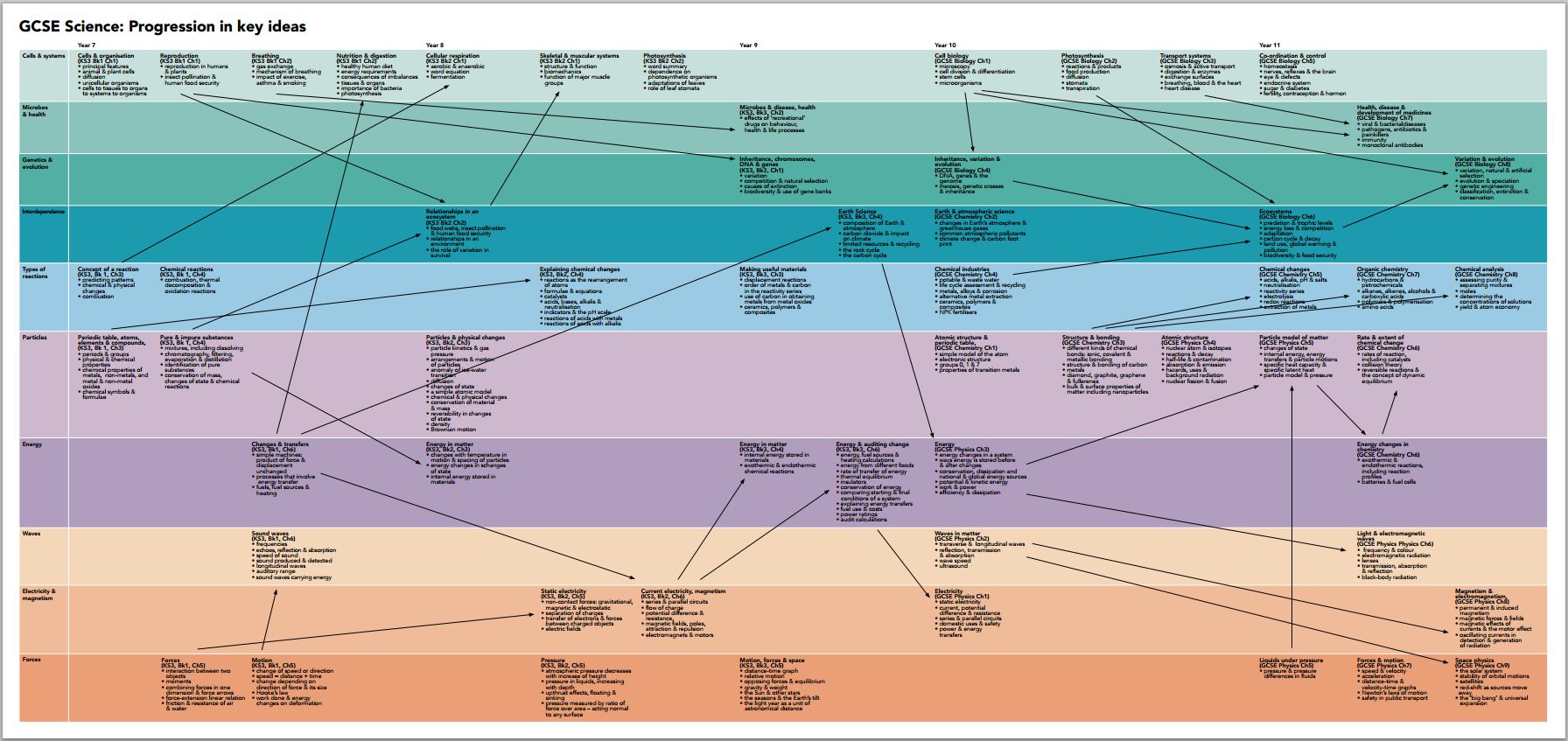The importance of thinking ‘big picture’
One of Cornwall’s most famous landmarks is the Royal Albert rail bridge at Saltash (although I suppose you could argue that it’s only half in Cornwall). When the first section was raised into place, Brunel himself supervised the operation, controlling the operation with a series of coloured flags. The people of Saltash regarded it as a good opportunity for a day’s holiday and lined the banks of the Tamar, watching and applauding. The second section went up a year later, by which time the great man was terminally ill and incapable of being involved. He did cross the completed bridge but it was on a couch on an open wagon. His name is emblazoned across either end of the bridge, added after his death, as a memorial.
Built in sections but planned as a whole – could the same be said of secondary science? Now that draft GCSE specifications have been published, do they match up with KS3? Are there gaps or overlaps? Not so long ago, KS3 felt like its own course, with not only a programme of study but exams, results and (from QCA) an examiner’s report. High street book stores sold revision guides. It was always the assertion that doing well at KS3 was an indication of likely success at GCSE and latterly around 90% of students getting a Level 6 or higher would go on to get at least a Grade C at GCSE.
Those days have gone and KS3 sometimes feels like a bit of a Cinderella. The smart money is now on developing a five year course that runs from age 11 to 16. This is right and proper – students are entitled to a course that hangs together; the ramping of challenge should be progressive. Later ideas should build on earlier ones. What we’ve done is to set out a five year plan, using the Collins teaching materials.

The starting point was to identify key ideas, and we’ve gone for ten. Earlier drafts had more but ten seems right. Some, like Waves, sit firmly in one area of science whereas others, like Energy or Particles, are supported by more. The content is chunked up into topics, which sit in timelines in the key ideas. As well as progression within a key idea, this also reveals where links are useful and which topics build on ones from other ideas (cover sound waves before hearing, for example, or cells before reproduction). It also shows how work at KS3 needs to support ideas at KS4.
Having set that up, it can then be tweaked to support planning in the context of your school. How long for KS3? Two years? Three? Something in between? And how many teachers for GCSE? One overall, spilt between two or maybe one per science? The components can be moved around to reflect this. Producing it was intriguing but a bit scary. Deciding the best sequence is like choosing great scientists – everyone agrees they exist but getting agreement is no picnic.
Anyway, take a look and see. Download the plan – tweak, modify, use ‘as is’ or do your own. Thinking it through is the goal.
Download a free editable or printable version of the Collins five year scheme of work here.



